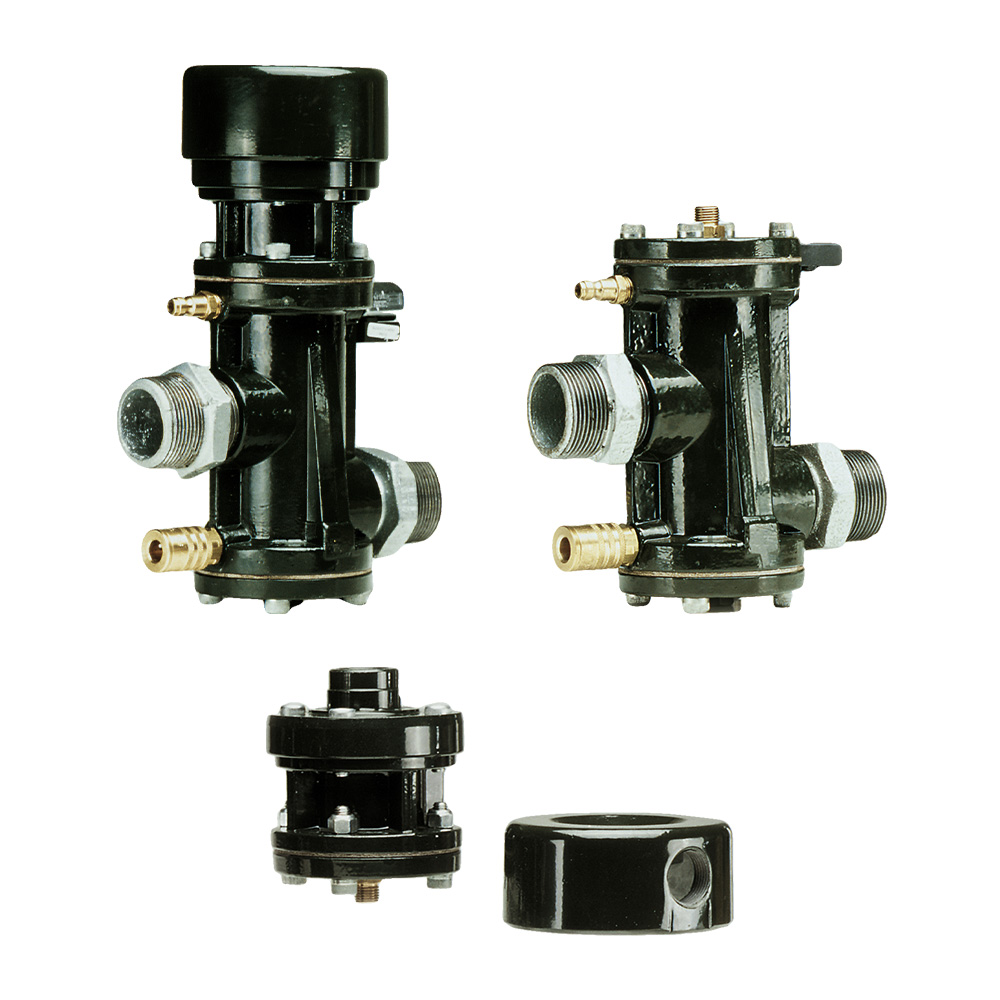Achieve Seamless Combination and Control With High Quality Structure Automation Controls
In the world of modern building monitoring, the significance of high quality structure automation controls can not be overemphasized. Embracing high quality structure automation controls is not simply a matter of benefit however a calculated vital for organizations intending to maximize their centers' performance and sustainability.

Advancement of Structure Automation Controls
Throughout the past couple of decades, the evolution of constructing automation controls has considerably transformed the method buildings are managed and run. Building automation systems primarily focused on basic functions such as controlling air, air flow, and home heating conditioning (HEATING AND COOLING) systems. As modern technology advanced, these controls have actually become much more innovative, allowing for a bigger array of structure systems to be incorporated and managed centrally.
The development of constructing automation controls has seen a shift towards more intelligent systems that can adapt to altering problems in real-time. This flexibility is essential for enhancing energy performance and guaranteeing occupant comfort. Additionally, modern-day building automation controls currently offer functions such as predictive upkeep, remote surveillance, and information analytics, making it possible for center supervisors to make data-driven choices to boost structure performance.

Advantages of Quality Integration
The innovation in building automation manages in the direction of more intelligent systems has actually underscored the considerable advantages of top quality combination in enhancing structure procedures and boosting overall efficiency. This central control also provides much better presence and understandings into building performance, making it possible for aggressive maintenance and optimization approaches. Overall, the benefits of top quality assimilation in building automation controls are undeniable, offering enhanced effectiveness, comfort, and operational effectiveness.
Enhanced User Experience and Accessibility
Enhancing individual interaction with building automation controls with instinctive layout and boosted access boosts the total experience for occupants and center supervisors alike. By concentrating on user experience, building automation systems can become extra efficient and user-friendly. Instinctive interfaces, clear navigation, and personalized settings equip individuals to engage with the controls quickly and properly.
Access attributes play an essential role in ensuring that all people, consisting of those with impairments, can make use of the structure automation manages easily. Including attributes such as voice commands, tactile switches, and color-contrasted display screens can enhance access and make the controls a lot more inclusive.
In addition, improved individual experience results in greater individual contentment, enhanced efficiency, and far better decision-making. Owners can change environmental setups according to their this preferences, while facility supervisors can effectively handle and monitor structure systems - control valves. In general, focusing on customer experience and availability in building automation manages adds to an extra seamless and efficient building environment for all stakeholders included
Lasting Practices Through Automation

Furthermore, automation can help with the assimilation of sustainable power sources such as solar panels or wind generators right into structure procedures. With automation, structures can align with modern sustainability goals and contribute to a greener future.
Future Trends in Building Control Solution
One prominent fad shaping the future of building control systems is the boosted integration of Artificial Knowledge (AI) and equipment knowing. Additionally, the Web of Points (IoT) is reinventing structure control systems by attaching sensing units and tools to streamline procedures and improve efficiency.
An additional essential fad is the emphasis on cybersecurity actions to secure versus potential dangers to developing automation systems. As buildings come to be much more interconnected, making certain robust cybersecurity methods will be important to guard sensitive data and stop unauthorized gain access to.
In addition, the shift towards cloud-based systems is getting momentum, enabling systematized control and remote access to structure systems. This facilitates simpler surveillance, upkeep, and updates, improving the total performance and flexibility of building control systems. As modern technology continues to development, these patterns are anticipated to form the future landscape More hints of structure automation controls, driving innovation and sustainability in the developed environment.
Final Thought
Future fads in structure control systems are likely to concentrate on more boosting automation capacities for enhanced energy efficiency and general efficiency. It is crucial for building proprietors and operators to focus on the adoption of quality structure automation regulates to enhance structure operations and accomplish lasting sustainability goals.
In the world of contemporary structure monitoring, these details the relevance of high quality structure automation controls can not be overemphasized. Overall, the advancement of structure automation manages proceeds to drive innovation in the building monitoring market, supplying new possibilities for creating smarter and a lot more sustainable structures.
The improvement in building automation controls towards even more intelligent systems has actually underscored the significant advantages of high quality assimilation in maximizing structure procedures and improving total performance. Overall, focusing on user experience and ease of access in building automation manages adds to a more effective and seamless building setting for all stakeholders included.
It is necessary for building proprietors and operators to prioritize the fostering of quality structure automation controls to maximize structure procedures and achieve long-term sustainability goals. - control valves